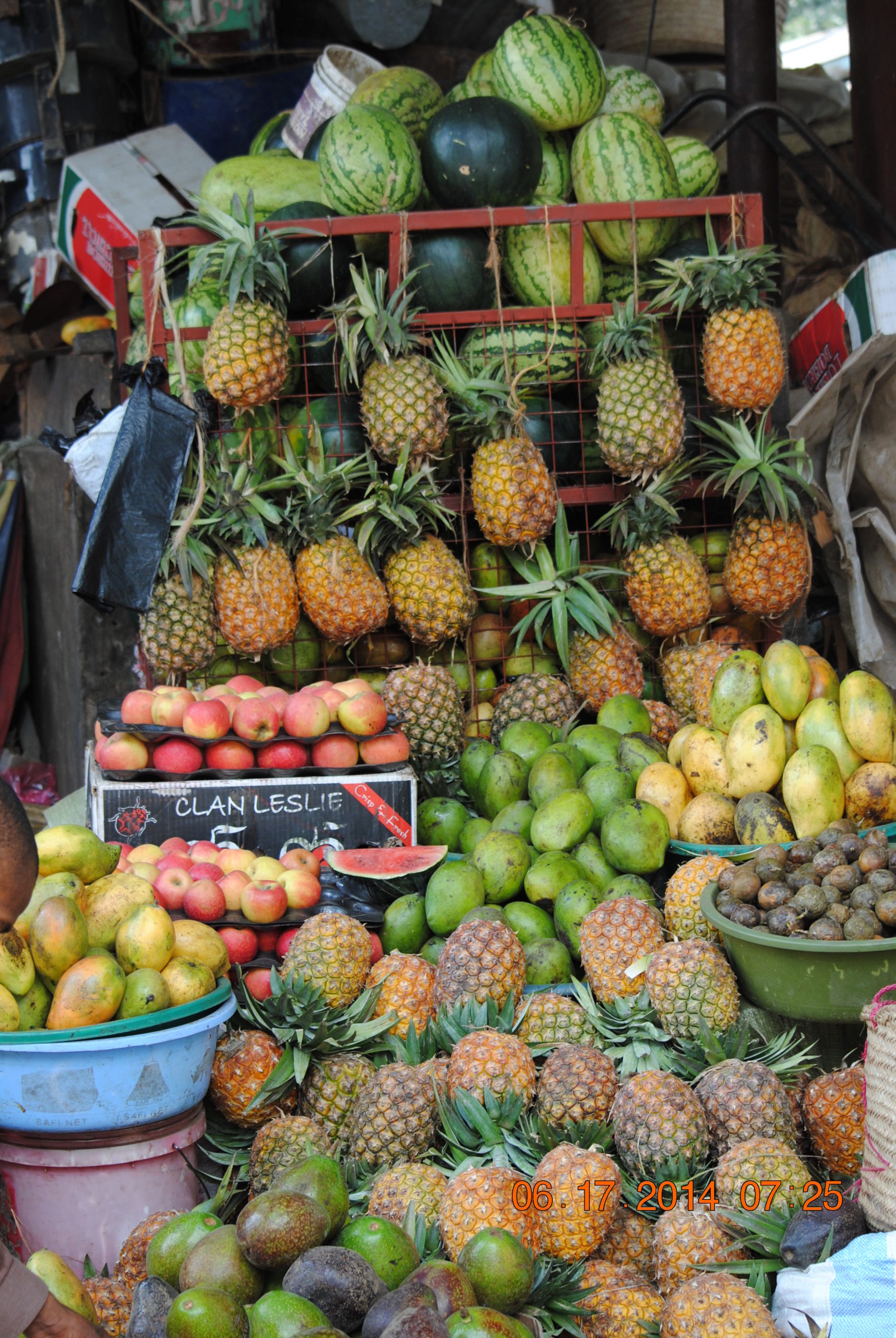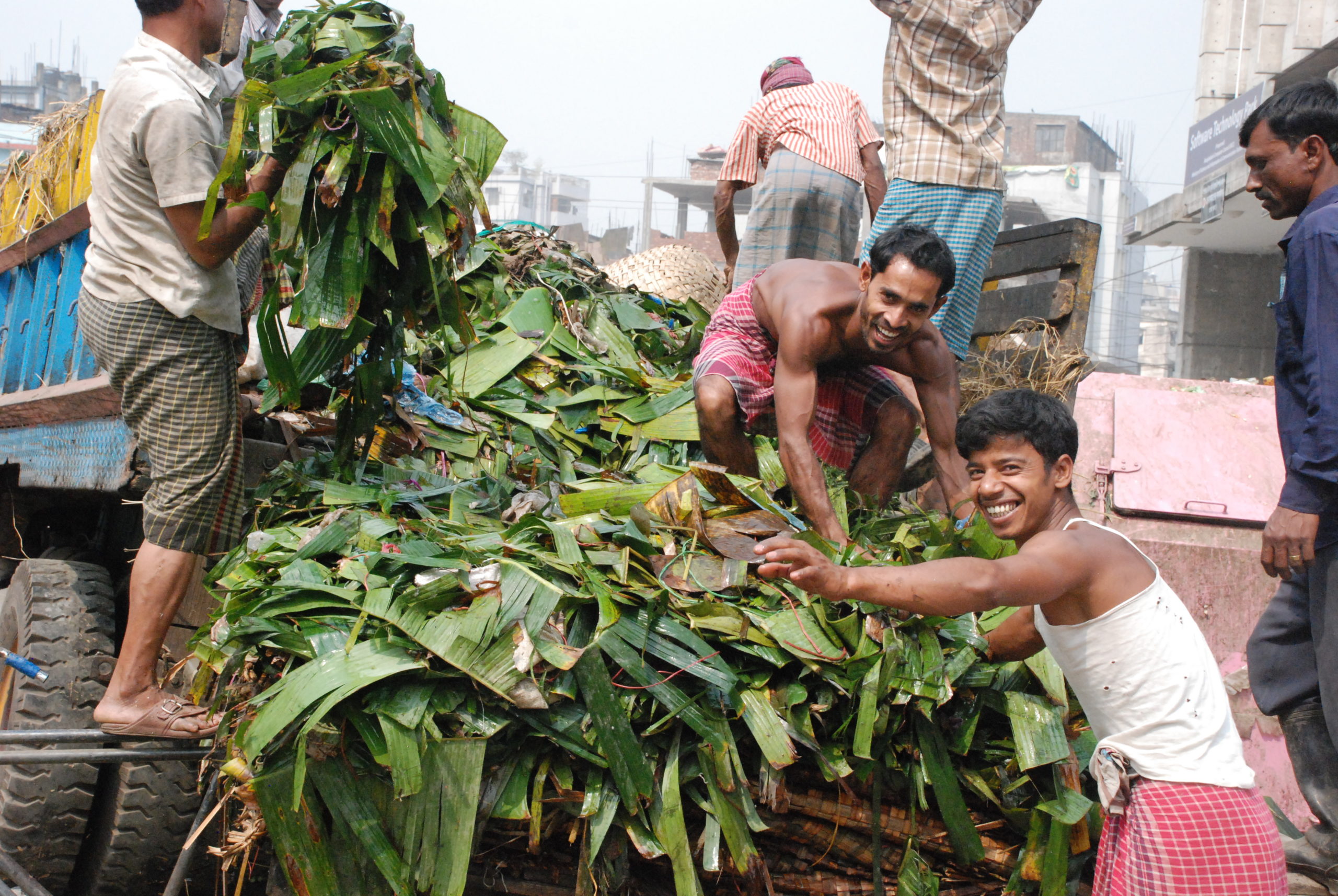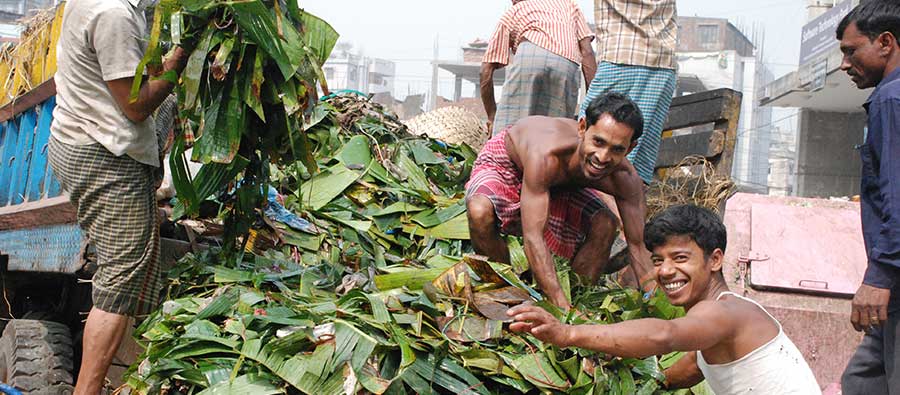When asked how can we feed the people on our planet with diverse, safe and nutritious foods now and in the future, there is no simple answer. There are many challenges that we face, such as how do we cater to 5 billion people living in cities by 2030 – all needing access to nutritious foods in a sustainable way? How do we ensure that smallholder farmers are able to feed themselves and their families’ diverse and nutritious diets, while working hard to supply the global food system? We also have to face up to climate change and the continual impact it has on the availability of nutrients within the food system. We also mustn’t forget that availability and affordability are crucial if we want to reach the most vulnerable people worldwide and tackle the complex issue of malnutrition in all its forms.
GAIN has worked in the fields of agriculture and nutrition for about six years now. We recognized that in order to reach as many people as possible with nutritious foods, we would have to start with the consumer and look at the path our food travels from the farm to our forks. We also help the people who work within the food system understand the role they play in ensuring that the diverse foods they produce, process, sell, and prepare are healthy and safe for consumers. This way we can ensure that foods at every level of the value chain are as nutritious as possible.
Building a Marketplace for Nutritious Foods

Exotic fruit sold on an open air market. (GAIN)
Through our Marketplace for Nutritious Foods (MNF), which is currently active in Kenya, Mozambique and Rwanda, GAIN brings together local entrepreneurs and investors to help strengthen their networks, foster innovation and provide investments that can help make nutritious foods more affordable and accessible to low income consumers. This project features an Innovation Accelerator to help entrepreneurs apply for various forms of assistance to bring their nutrition-related business plans to scale, and innovative financing to bring investors to the table for Marketplace businesses.
The Marketplace has introduced GAIN to exceptional entrepreneurs like Eric Muraguri who left his job at one of the largest poultry processing companies in East Africa, to safely process and sell affordable chicken parts to consumers in his city. Through a combination of funding and technical assistance, GAIN helped Eric strengthen the cold chain for his poultry products and build a new facility that has boosted chicken production. To date, MNF has helped bring over 8 million servings of nutritious food back into local markets that are currently feeding rural and urban populations alike.
Postharvest Waste and Nutrition
Postharvest loss and waste is a term used to describe all of the different crops and animal products that either damaged or contaminated before reaching a consumer (loss) or purchased by retailers or consumers and never eaten (waste). Postharvest loss and waste occurs at every level of the value chain, beginning with the farmers who produce our food, all the way to the consumer. We need to care about postharvest loss and waste because it translates to huge losses for our economies, environment and our health. Globally, over $750 billion annually in food is thrown away, a loss felt by farmers and other value chain actors in lost income and by their governments in lost GDP. If food losses were a country, they would be the third largest producer of greenhouse gases, emitting over 3.3 gigatons a year, which is a huge problem given the increasing threat of climate change.
Reducing postharvest loss and waste of nutritious and most perishable foods in developing countries by 10% could reduce fruit and vegetable prices by 14%, population at risk of hunger by 11%, and child undernutrition by 4% by 2050. Finding a way to prevent postharvest loss and waste could help us make available and more affordable diverse, nutrient-rich foods, while avoiding further stressing our environmental resources to produce more food.

Two farmers unload the back of a truck in Bangladesh. (GAIN)
GAIN has created the Postharvest Loss Alliance for Nutrition (PLAN), a new project that allows the actors addressing this issue – including researchers and leaders in government, policy, and investment fields – to work together to reduce the loss and waste of nutritious food. PLAN Alliances are being established at the global and national levels to define common goals, information and finance needs to tackle this problem and put much-needed nutrients back into the food system. The project also features a business-to-business platform that matches local businesses with international industry leaders to increase their access to knowledge, technologies and financial services. Our goal is ultimately to help local businesses reduce their postharvest loss and increase their production nutritious foods, making it more affordable and accessible to low-income consumers.



